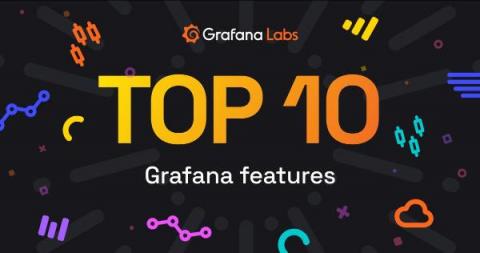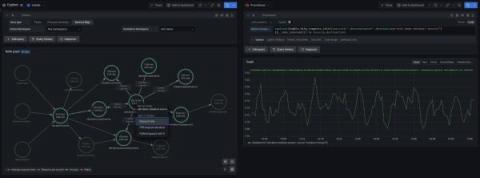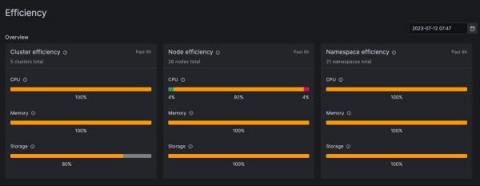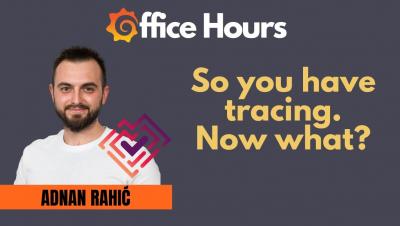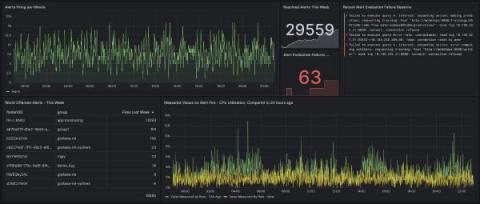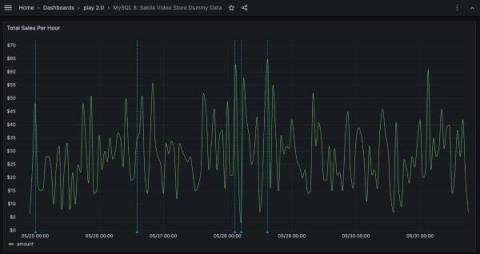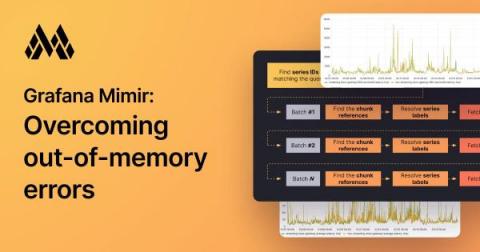Celebrating Grafana 10: Top 10 Grafana features you need to know about
Since Grafana started 10 years ago, there have been more than 43,000 commits to the open source project. Grafana founder Torkel Ödegaard has made more than 7,600 of those commits, and he recently reflected on some personal favorites he’s worked on, ranging from early query builders to the latest navigation updates. Torkel isn’t the only one who has strong feelings.


